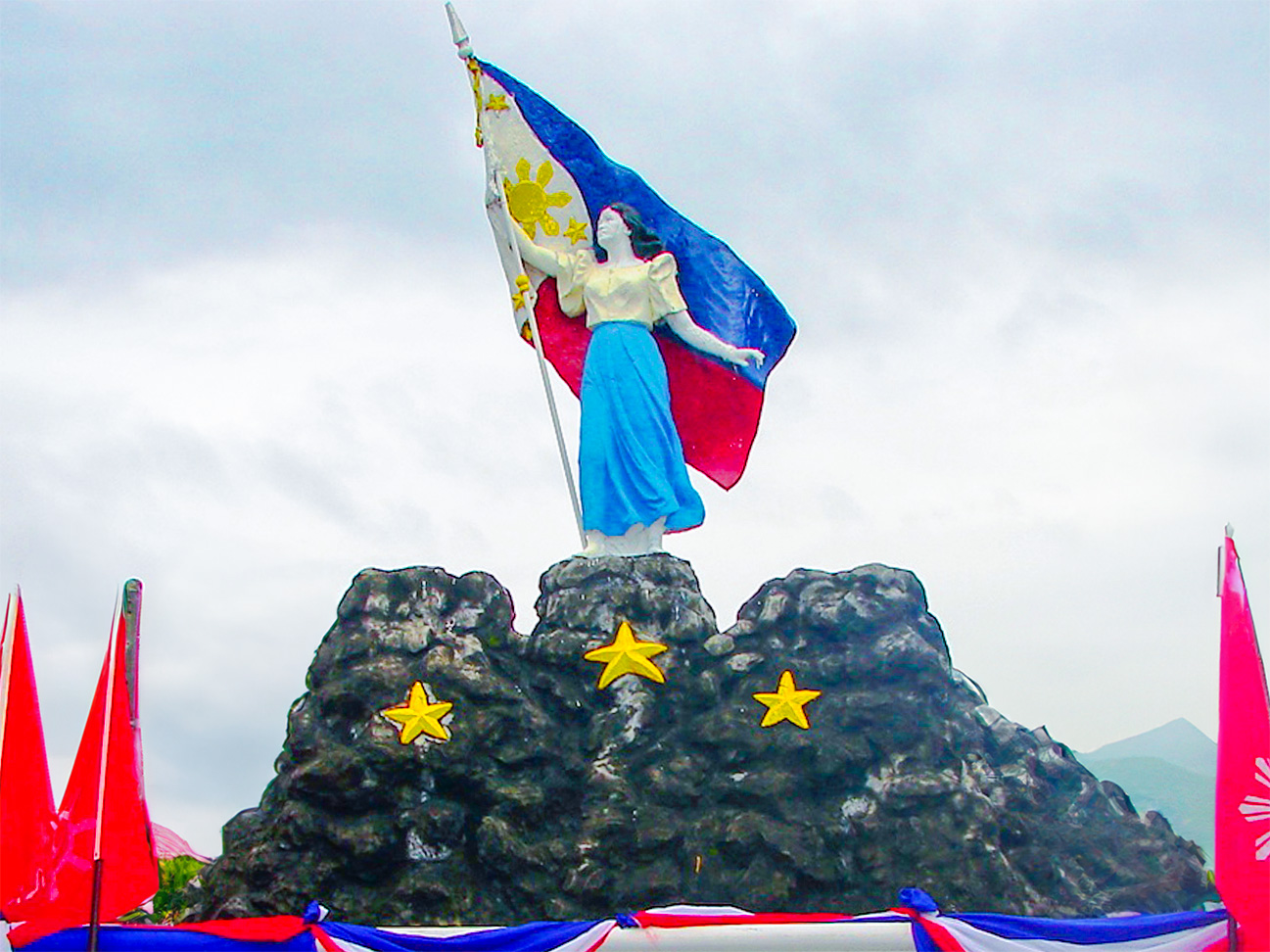BATTLE OF ALAPAN AND THE PROCLAMATION OF PHILIPPINE INDEPENDENCE
28 May 1898
Cavite

After the outbreak of war between Spain and the United States, Filipino revolutionaries used the distraction to obtain the advantage against isolated Spanish garrisons. Around Manila, the destruction of the Spanish Fleet ensured that revolutionary forces had the upper hand in their attacks. By 16 May 1898, Aguinaldo returned from exile with the goal of fully gaining our independence from Spain.
Turning the Tide
The battle of Alapan is the center of a larger battle that raged across Cavite and Laguna where various columns of Filipino revolutionaries staged attacks against isolated Spanish garrisons. In Cavite on 28 May 1898, Aguinaldo led a strong force against various Spanish posts scattered across Cavite. The enemy force, under General Leopoldo Garcia Peña at Barrio Alapan in Imus was overwhelmed by the combined armies led by Aguinaldo, Artemio Ricarte, Luciano San Miguel, and Mariano Noriel. Around Cavite, especially in Laguna, Juan Cailles and Paciano Rizal blocked Spanish reinforcements from relieving their comrades who were running low on ammunition.
After five hours of continuous close combat, General Garcia-Peña surrendered his force due to the exhaustion of their supplies and the fatigue from constant battle. The prisoners of war were marched to Cavite Puerto (now Cavite City) where Aguinaldo unfurled, for the first time, a new flag he had commissioned in Hong Kong to represent the new nation that he was leading to freedom. The rest of Cavite was liberated by 31 May 1898.
Three Stars and the Sun
The flag, which featured three colors (red, blue, and white), three stars, and a sun, was designed by Aguinaldo and sewn together by Marcela Marino de Agoncillo, Lorenza Agoncillo, and Delfina Herbosa while in Hong Kong. This was again unfurled and presented to the public on the afternoon of 12 June 1898 at the Aguinaldo home in Kawit on the proclamation of Philippine Independence.
The proclamation, prepared by lawyer Ambriosio Rianzares Bautista, recounted the various grievances imposed by the Spanish against the Filipino people and how colonial rule was first resisted successfully by the heroism of Lapulapu and his people. It also reinforced the right of people to self-determination under God and sever all ties with the Crown of Spain. The proclamation was signed by ninety-eight (98) people including a Col. L.M. Johnson of the US Army. It was, however, not signed by Aguinaldo.
